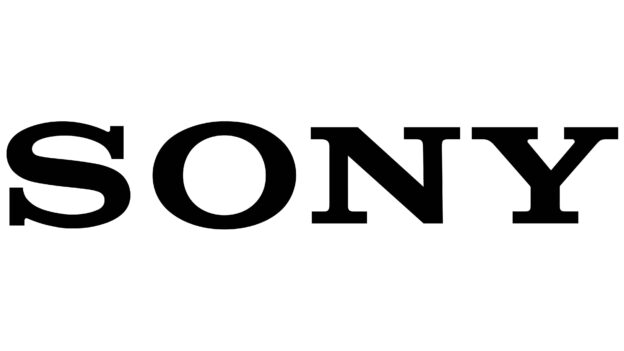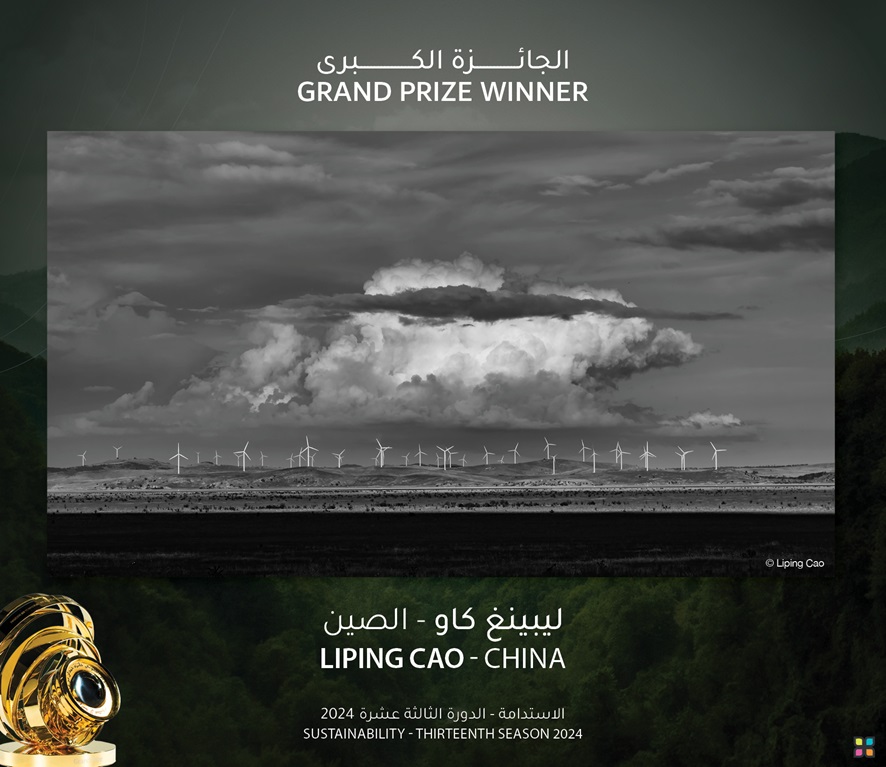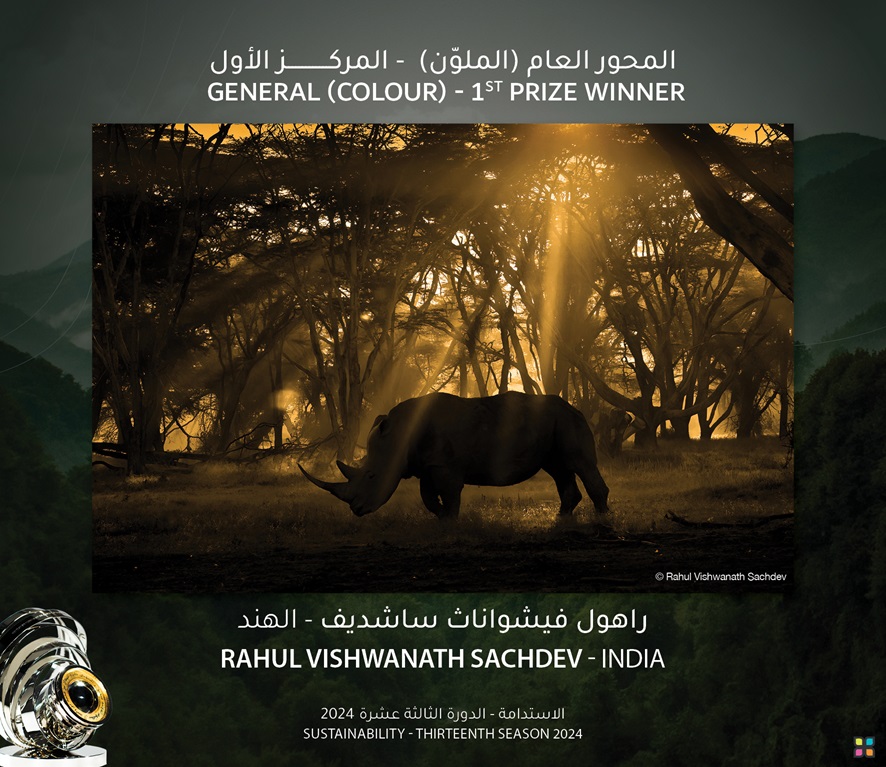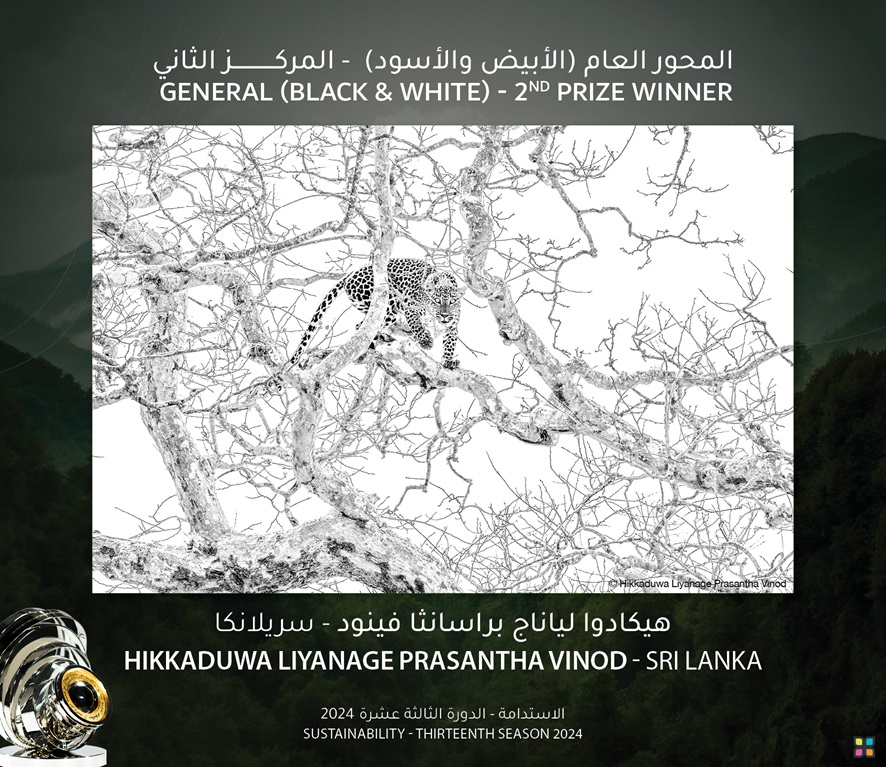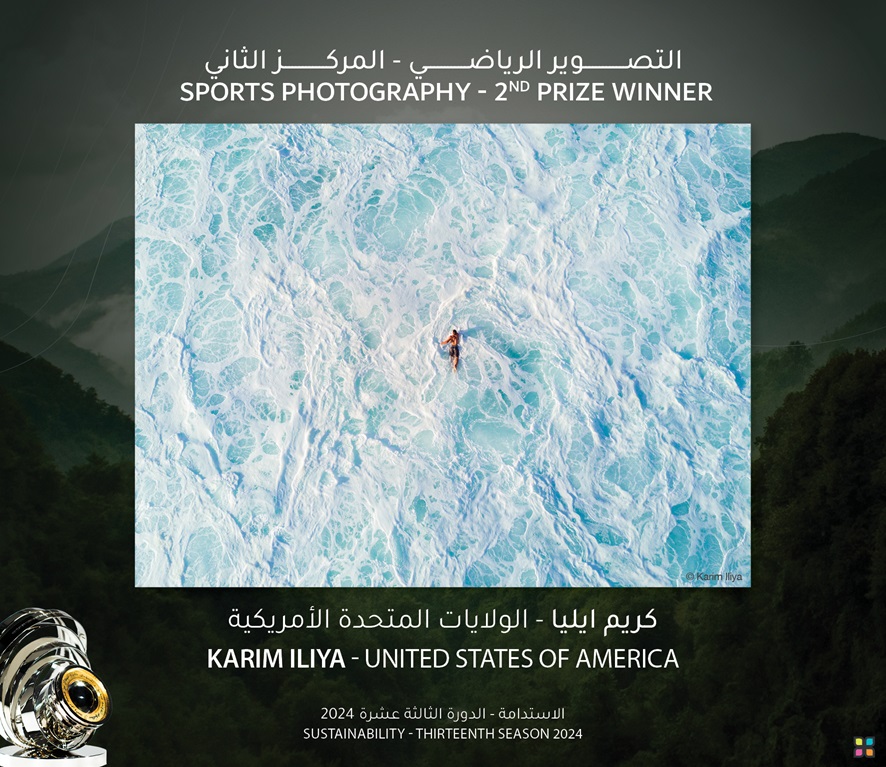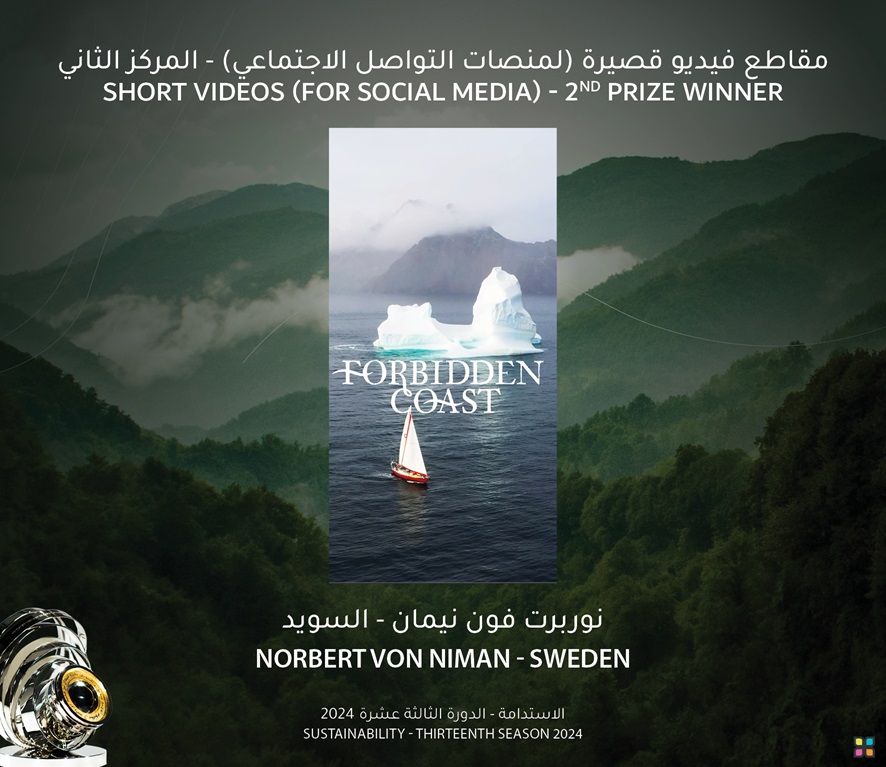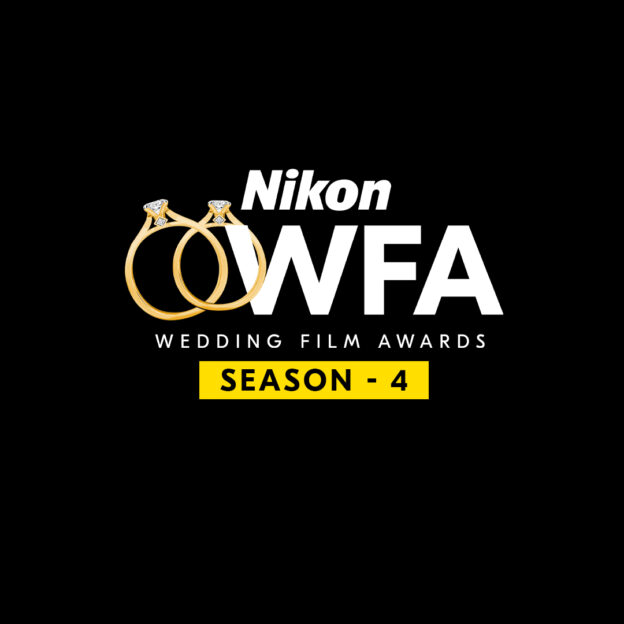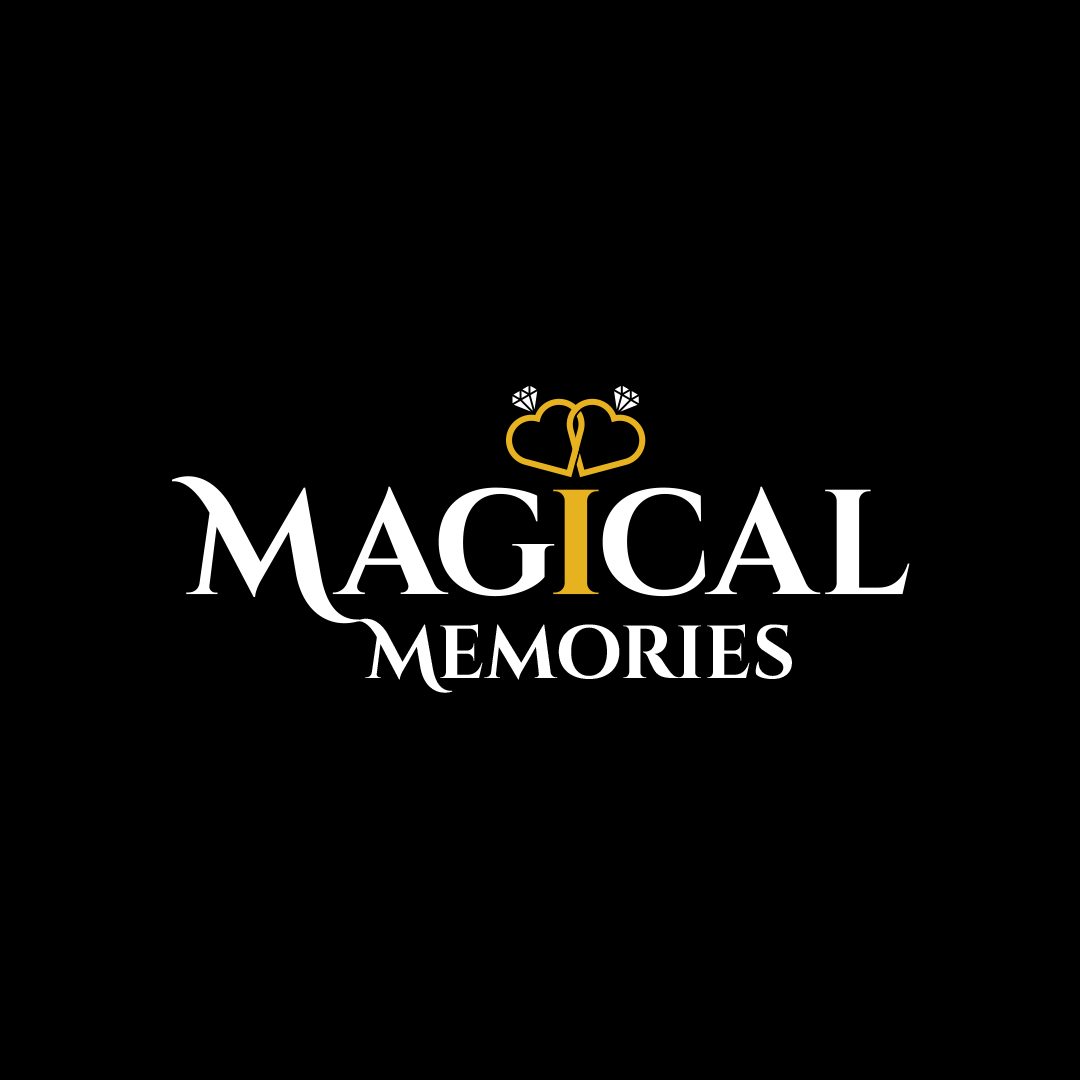IIT Hyderabad and Nikon India, recently inaugurated its first “Centre of Excellence” (CoE) at the Indian Institute of Technology (IIT), Hyderabad. This first-of-its-kind CoE aims to offer advanced imaging technologies to trainees, visiting scholars, and collaborators across the country, fostering impactful collaborations between IIT Hyderabad researchers and Nikon teams. As a hub for innovation, the centre will empower researchers to explore biological systems across scales – from single cells to human tissues – advancing research breakthroughs in high-resolution imaging.
Equipped with state-of-the-art imaging technologies, the Centre of Excellence offers a Confocal Microscope System AX R with NSPARC and TIRF. It also houses a Nikon Inverted Microscope System ECLIPSE Ti2-E for fluorescence imaging, a Nikon ECLIPSE Ts2-FL Inverted Routine Microscope, and a Nikon SMZ800N with a fluorescence attachment for macro imaging. Drawing upon its resources, technical expertise, and experienced staff, the centre will address critical challenges in cell biology and other research areas, facilitating innovative studies across various scientific fields.
Speaking on the launch, Sajjan Kumar, Managing Director of Nikon India, said, “We are thrilled to bring state-of-the-art microscopy systems to the greater scientific community in Hyderabad. This Centre of Excellence equipped with our most up-to-date imaging technologies, will not only drive scientific research but also empower researchers and students with the means to push the boundaries across various scientific disciplines. Our goal is to foster an innovative learning environment that will encourage further developments and benefit the community at large.
“Nikon’s dedication to advancing science is reflected by this first of its kind “Centre of Excellence”. By partnering with IIT Hyderabad, we are confident that we can make a substantial impact on India’s research landscape, equipping scientists with advanced high-resolution imaging tools that will drive innovation and discovery,”.
Prof. B. S. Murty, Director of IIT Hyderabad, added, “It gives us great pleasure to work with Nikon India to establish this Centre of Excellence. This initiative aligns perfectly with our goal of fostering innovative research and diverse learning opportunities. In various academic and research domains, the Centre will serve as a catalyst, inspiring our researchers and students to push the boundaries of what is possible”.
The Nikon Centre of Excellence at IIT Hyderabad marks a significant step in bridging industry and academia, offering a vital platform for collaboration, knowledge-sharing, and skill development. With advanced imaging resources, the centre will drive discoveries across diverse research fields and build a strong community of future scientists. By providing practical experience aligned with global advancements in microscopy, this partnership underscores Nikon’s commitment to advancing research and education, benefitting both the scientific community and the wider region.


